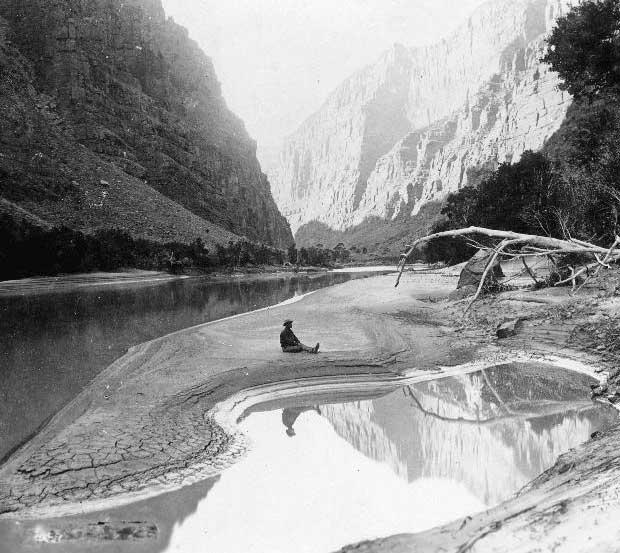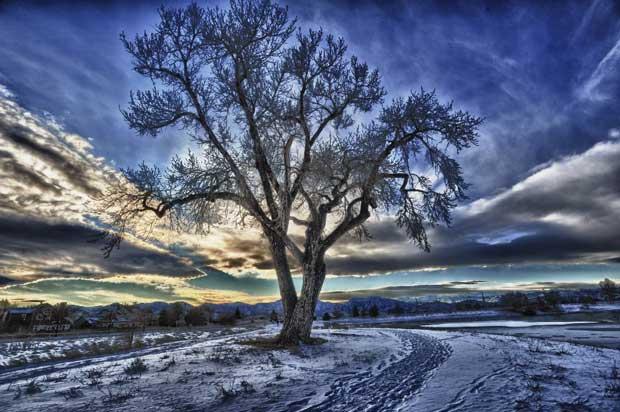Mungo Park
From our beginning in 1999 as Slowtwitch rose to something more than a personal blog, two themes not strictly connected to endurance sport have animated me. One is what we see in nature as we bike and run through it. My devotionals are Western Trees, the writings of John Muir, and the like.
The other theme is the historical discovery and exploration narratives written by or about those who have survived ordeals just like we survive ordeals, except theirs were much harsher. I wrote about this in Who is an Athlete? and I include Cabeza de Vaca, Hugh Glass, John Wesley Powell up to Ernest Shackleton and beyond.
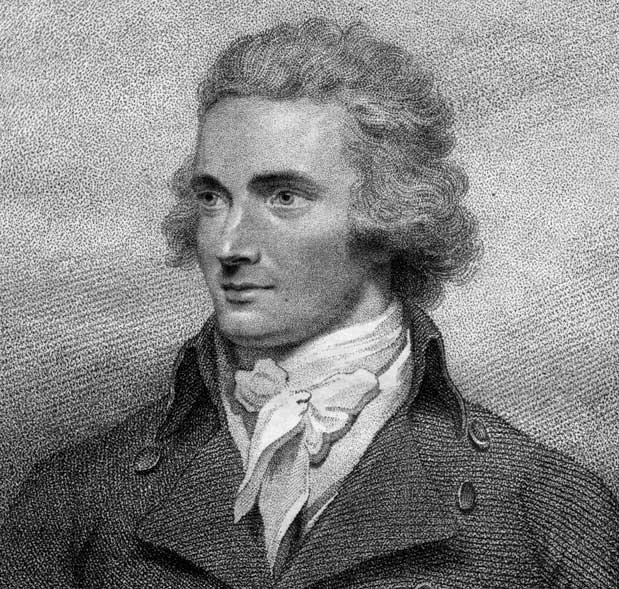
There isn't enough to explore anymore. Nevertheless we try and Henry Worsely – descended from one of Shackleton's shipmates – died earlier this year trying to achieve a first.
For me the gold standard is the combo of both these two endeavors above – intrepid folk who, in the name of science, explore lightly- or never-traveled (by Europeans) country with a curious, knowledgeable, science-driven and admiring eye. I have in mind Clarence King, John Muir, David Douglas and I don't know how Mungo Park slipped beneath my notice for all this time. He's on my mind now.
You're reading a book review, in case you were wondering. Mungo Park was a Scotsman born in 1771. He apprenticed as a surgeon, sailed on a voyage to the Far East, returned, and with itchy feet consented to find the terminus of the Niger River in Western Africa. In the employ of the African Association he sailed 200 miles up the Gambia River, disembarked, and tramped overland to the Niger.
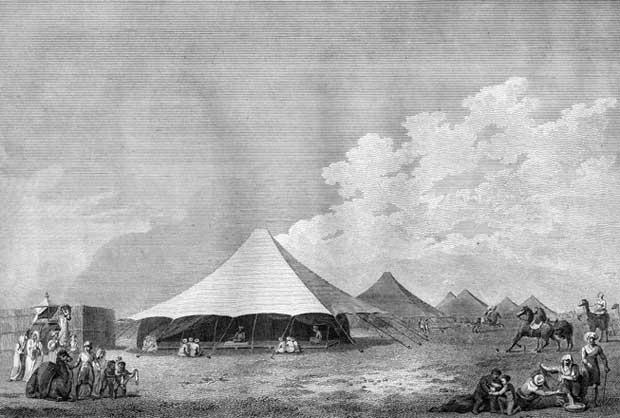
His retinue fell by the wayside, one by one, until he was the only one left standing. Surviving disease, imprisonment, extreme thirst and hunger, the theft of everything he own including his clothing, he made his way back only after the most extreme deprivation. I am reminded of the passage from Job, where, “I alone have escaped to tell you." His last 500 miles were afoot, walking 25 and 30 miles a day in the company of a slave train heading to the Atlantic Coast. He signed on to be ship surgeon for the conveyance of the slaves – for whom he developed an affection – to see them safely to the New World and to effect a passage for himself back to England.
The above would be tale enough, but Park had a rare curiosity about what he saw. He opened Europe not simply to the geography, but the ethnology, anthropology, habits and culture of Africans, as well as the natural history of the place. He was assiduous in the keeping of a journal and this journal is what is being reviewed.
Park grew a genuine affection for black Africans, writing, “whatever difference there is between the negro and European, in the conformation of the nose, and the colour of the skin, there is none in the genuine sympathies and characteristic feelings of our common nature.” He grew an equally ardent dislike for the North African Moors who raided the West Africans routinely.
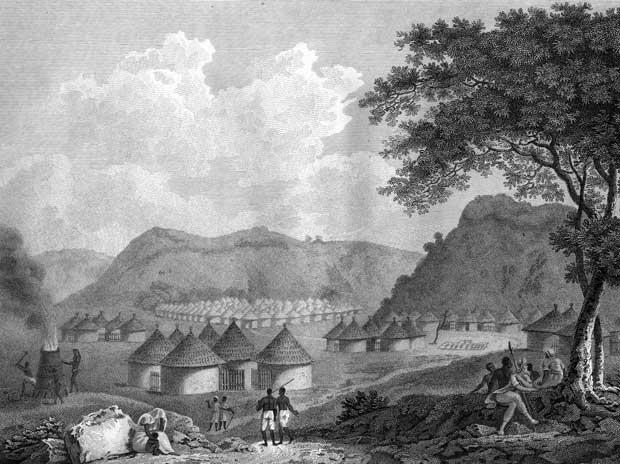
He was positively Muir-like in the hope given him when, is deepest despair, almost expired, in the bleakest, blankest corner of the Saharan desert, he noticed a tuft of moss growing, no larger than his fingertip. “Can that Being (thought I), who planted, watered, and brought to perfection in this obscure part of the world a thing which appears of so small importance, look with unconcern upon the situation and sufferings of creatures formed after his own image? Surely not! Reflections like these would not allow me despair. I started up, and disregarding both hunger and fatigue, travelled forward, assured that relief was at hand."
Mungo Park died 33 years before John Muir, also of Scottish descent, was born. Honoring chronology requires me to recast the above and admit that Muir's chapter on the Water Ouzel is positively Park-like and I can't imagine that Muir did not read and was not influenced by the humanity in Park's journal.
Following his 2 year and 7 month sojourn Park returned to Scotland, married, bore children and by all accounts was devoted to his family. He settled into a life of a rural Scottish doctor and by his letters obviously hated it. Like Jedediah Smith after him, like the slave Estevan two-and-a-half centuries his antecedent, severe and unimaginable hardship and the high risk of death did not dissuade Mungo Park from returning to the scene of his life at its most vivid. He pined to return to Africa and during a lull in the Napoleonic wars he got his chance. Following the Niger river to its end he did not accomplish during his first mission and with a fully-stocked, 40-plus person entourage off he went once again.
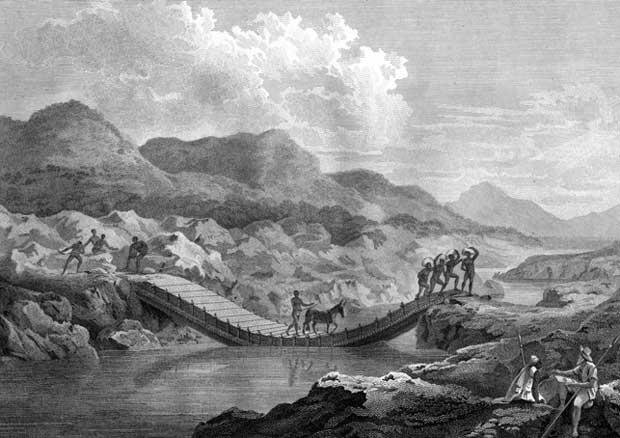
Yet again, his co-travelers, friends, the soldiers accompanying him, all died or went mad as he traveled into deeper Africa. Eventually he was the only one left save one native guide. Still, his reports back were sunny and positive.
Prior to his embarkation on his second journey here is what Park said about his upcoming adventure, quoted in a foreward to Park's journal:
“'I shall,' he wrote, 'set sail for the east with the fixed resolution to discover the termination of the Niger or perish in the attempt.'”
And the stark answer in reply: “He perished.”
Mungo Park's first voyage is not bound by trademark and is available for no charge for eBook readers. A treat is the digital view of the actual book (click to turn the pages). This edition contains journals of Park's two expeditions (the second obviously incomplete).
Park's first publication is: “Travels in the Interior Districts of Africa: Performed Under the Direction and Patronage of the African Association, in the Years 1795, 1796, and 1797.” It was published almost immediately following his return in 1797.
The second publication is: “The Journal of a Mission to the Interior of Africa, in the Year 1805: Together with other documents, official and private, relating to the same mission : to which is prefixed an account of the life of Mr. Park.”


